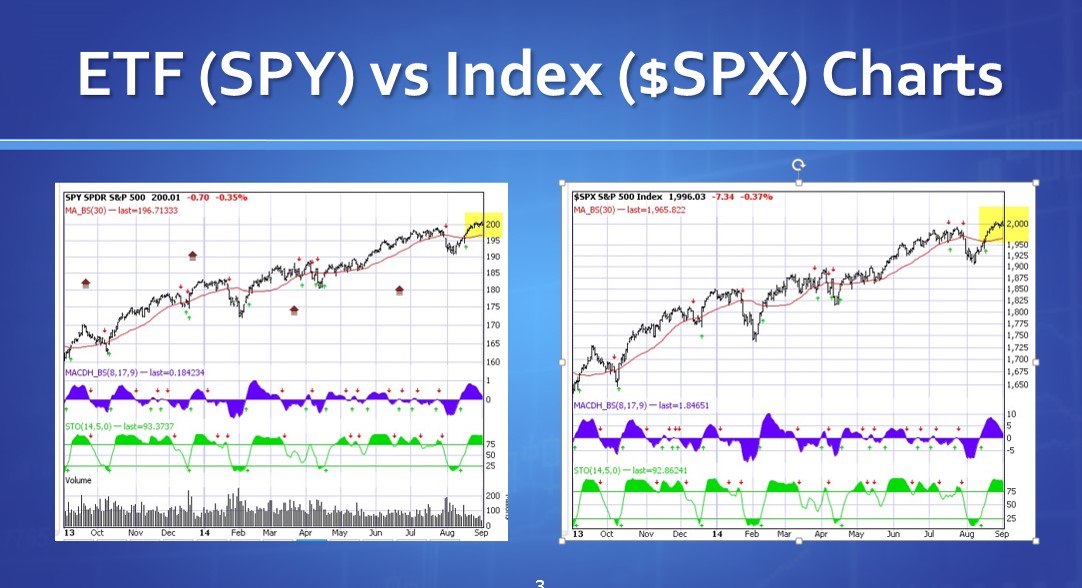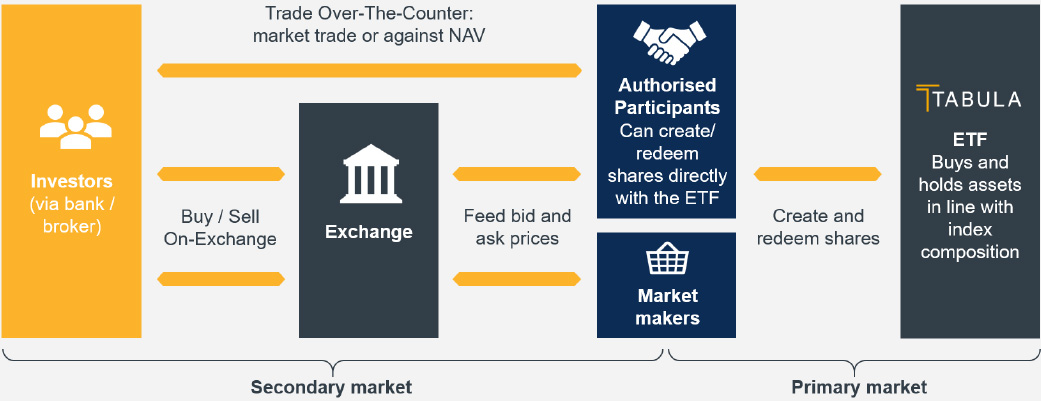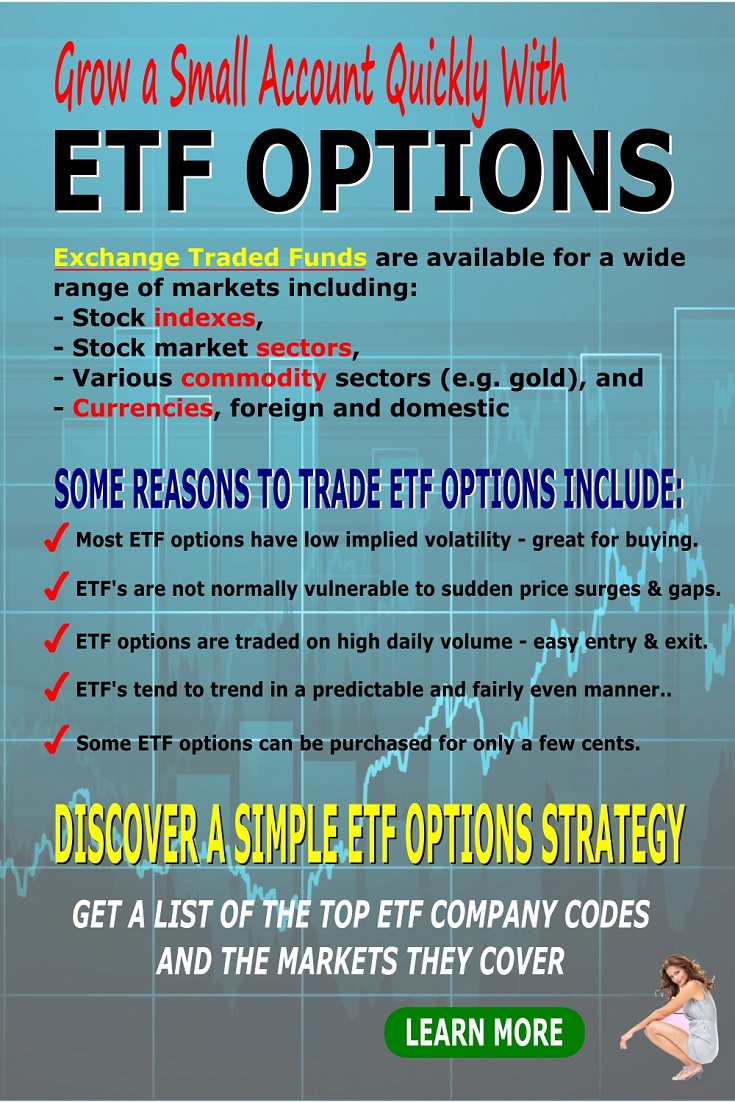Introduction

Image: www.thebluecollarinvestor.com
In the dynamic realm of financial markets, where volatility and opportunity intertwine, options trading has emerged as a powerful tool for investors seeking to enhance their returns or mitigate risks. Among the various options available, index ETF options stand out as an accessible and potentially lucrative instrument. This comprehensive article will delve into the intricacies of trading index ETF options, providing actionable insights and expert guidance to empower investors.
Understanding Index ETF Options
An index ETF (exchange-traded fund) is a basket of securities, such as stocks or bonds, that tracks a particular index, such as the S&P 500 or the Nasdaq Composite. By investing in an index ETF, investors gain exposure to the performance of multiple underlying assets, diversifying their portfolio and reducing their risk. Options, on the other hand, are derivative contracts that give the holder the right, but not the obligation, to buy (call option) or sell (put option) an underlying asset at a predetermined price (strike price) on or before a certain date (expiration date).
When an index ETF is the underlying asset, these options allow investors to speculate on the future direction of the ETF’s price. For example, if an investor believes that the S&P 500 ETF (SPY) will rise in value, they can purchase a call option with a strike price higher than the current market price. If the ETF’s price does rise above the strike price before the expiration date, the investor can exercise their option to buy the ETF at the strike price, potentially profiting from the difference between the market price and the strike price.
Types of Index ETF Options
There are two main types of index ETF options:
- Call Options: Grant the holder the right, but not the obligation, to buy the underlying ETF at the strike price.
- Put Options: Grant the holder the right, but not the obligation, to sell the underlying ETF at the strike price.
Benefits of Trading Index ETF Options
- Leverage: Options provide investors with leverage, allowing them to control a larger position than their initial investment.
- Increased Returns: Options can potentially enhance returns if the underlying ETF’s price moves in the expected direction.
- Hedging Risk: Put options can be used to hedge against potential losses in the underlying ETF, reducing overall portfolio risk.
- Flexibility: Options offer flexibility, allowing investors to customize their strategies based on their risk tolerance and market outlook.
Risks of Trading Index ETF Options
While options offer potential benefits, it’s essential to be aware of the risks involved:
- Loss of Capital: Options involve the potential for significant losses, exceeding the initial investment.
- Time Decay: The value of options decays over time, as the expiration date approaches.
- Volatility: The value of options is highly sensitive to volatility in the underlying ETF’s price.
- Complex Strategies: Certain options strategies can be complex and require a deep understanding of market dynamics.

Image: www.tabulaim.com
Trading Index Etf Options

Image: www.options-trading-mastery.com






